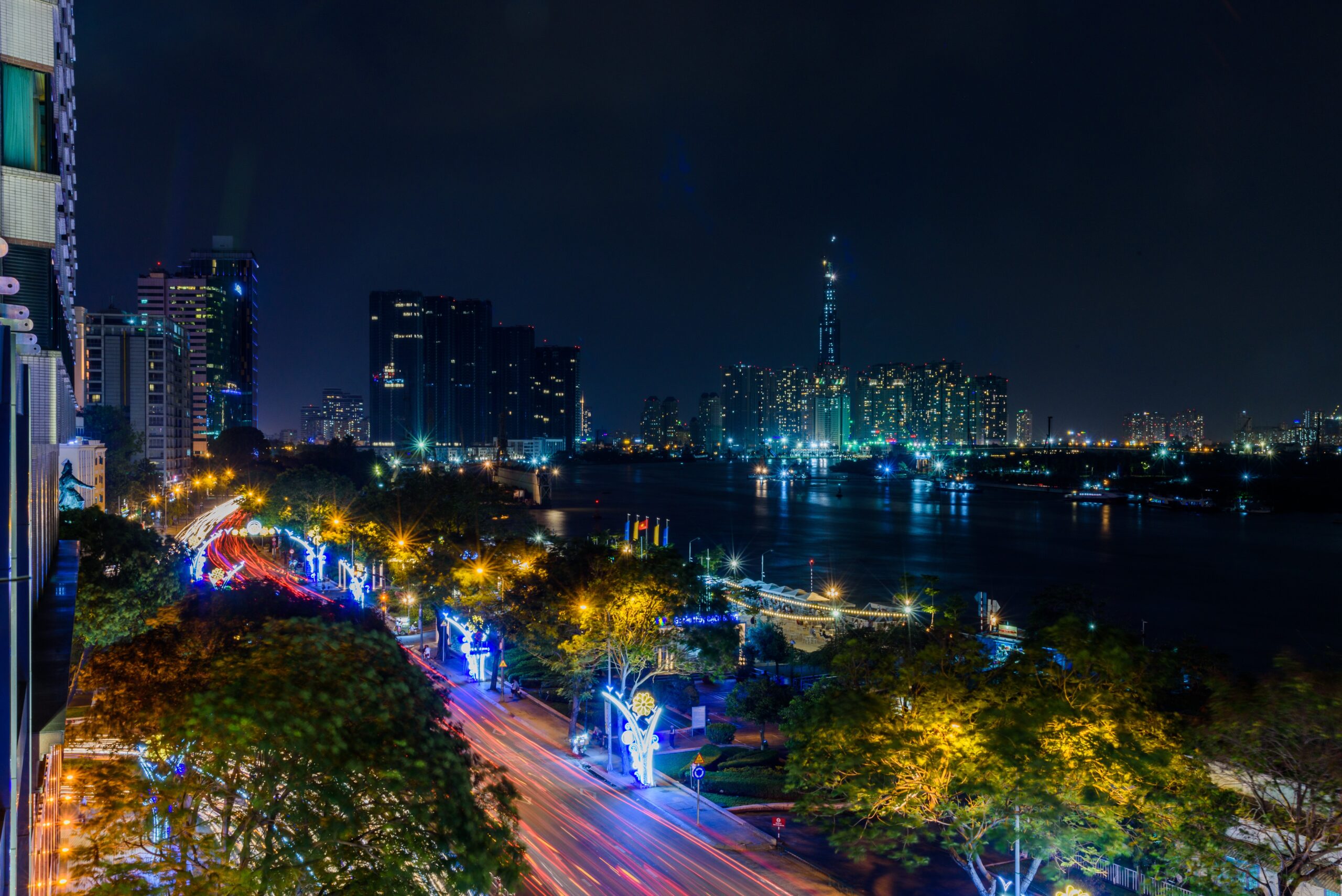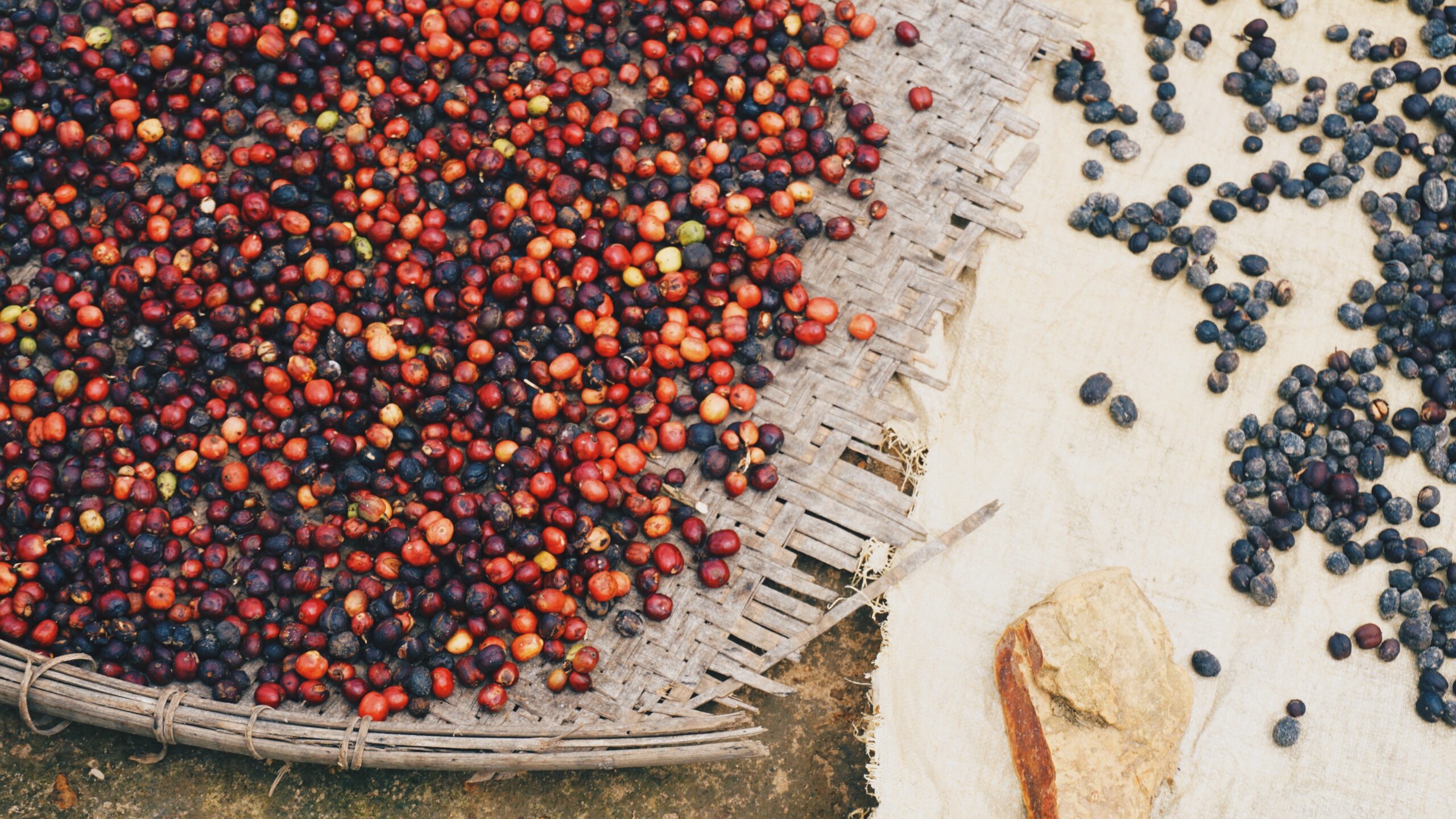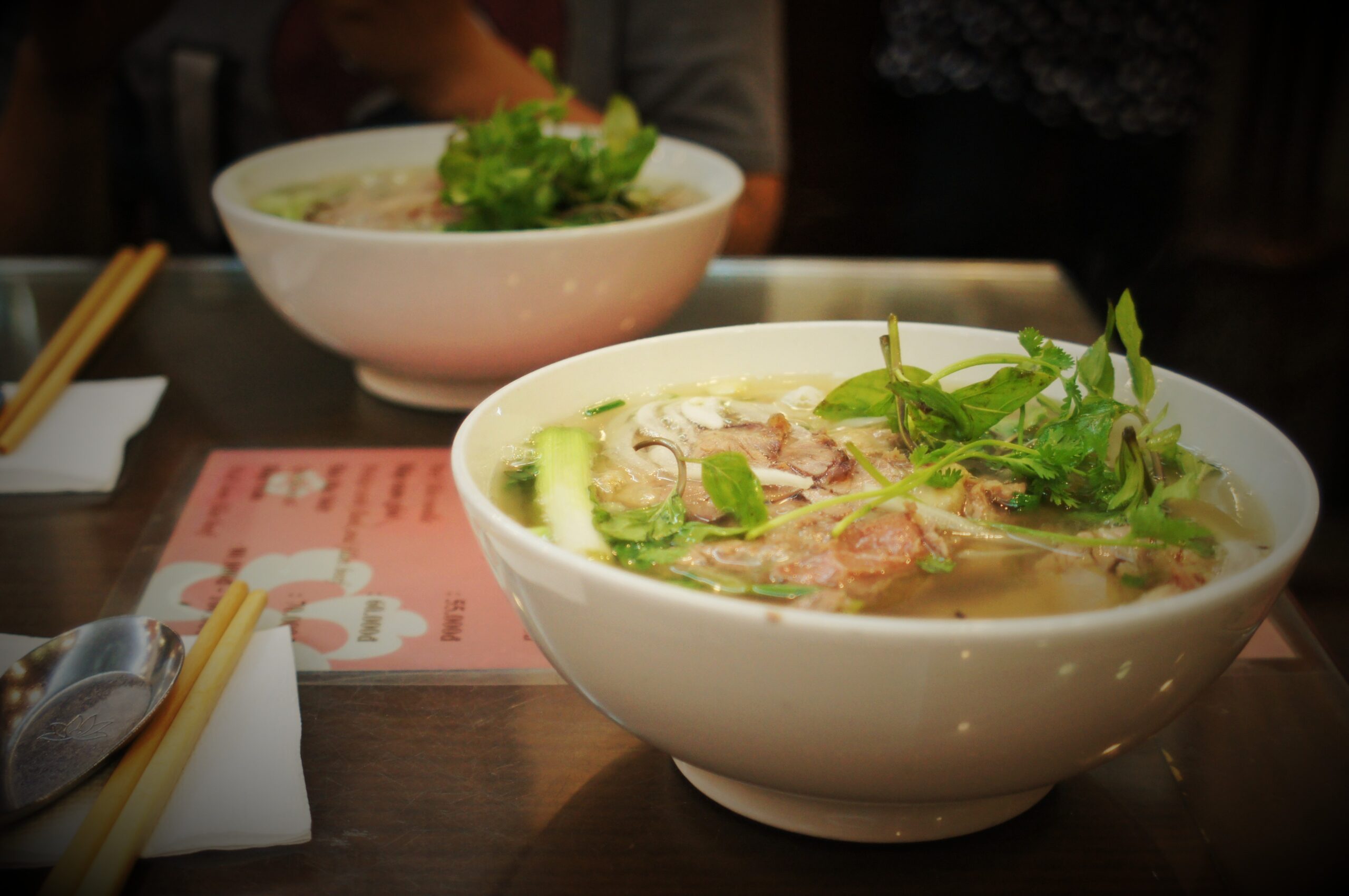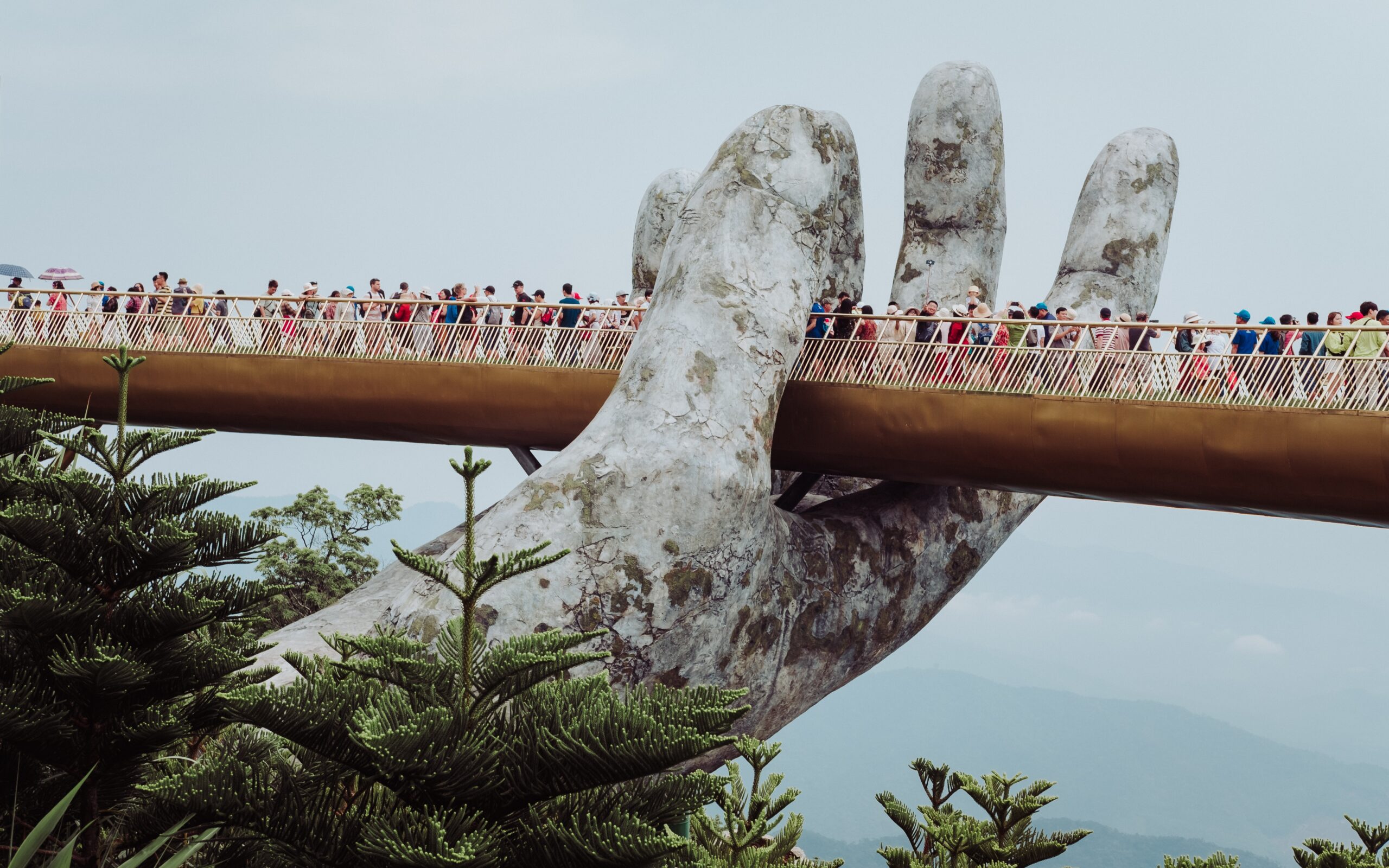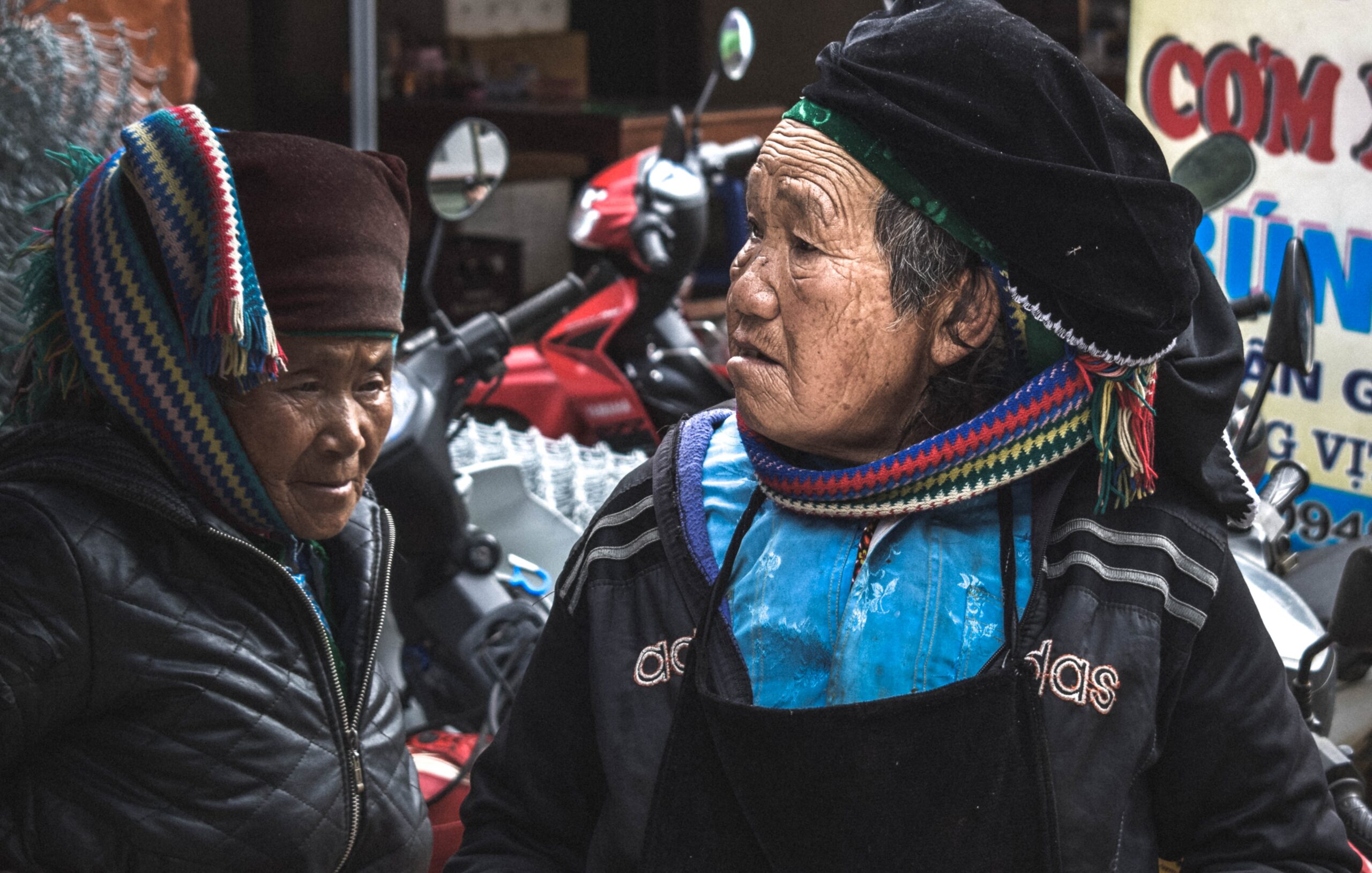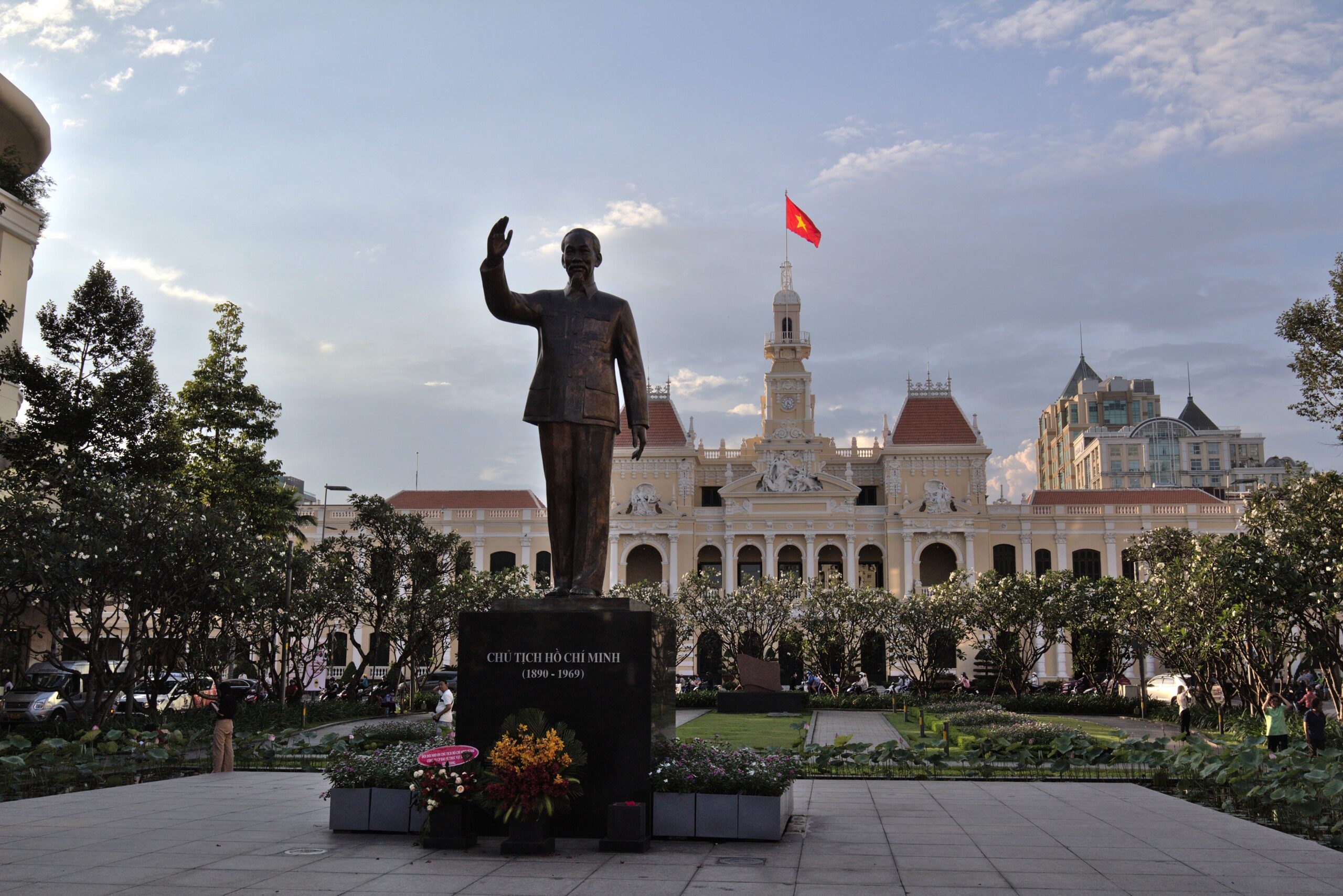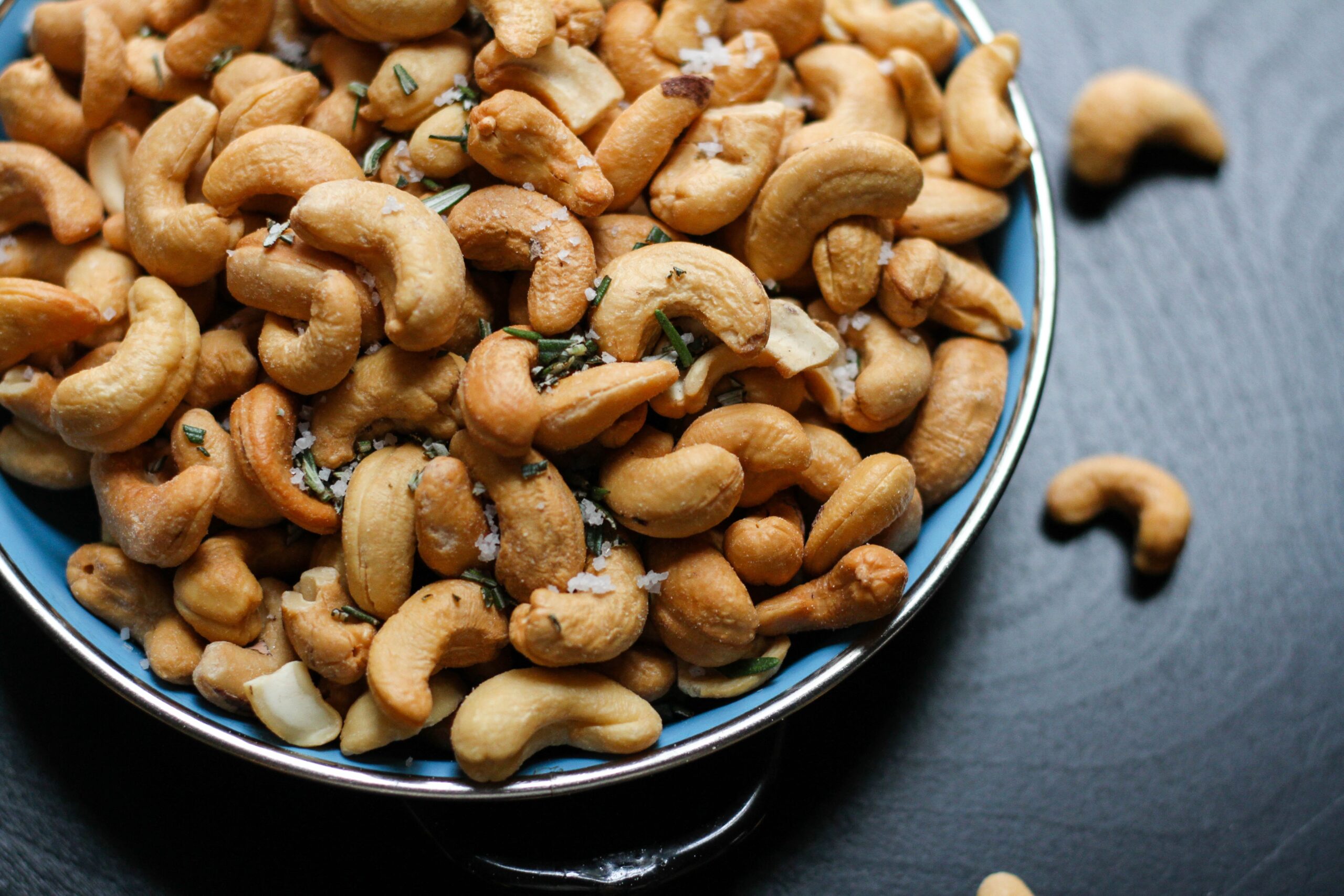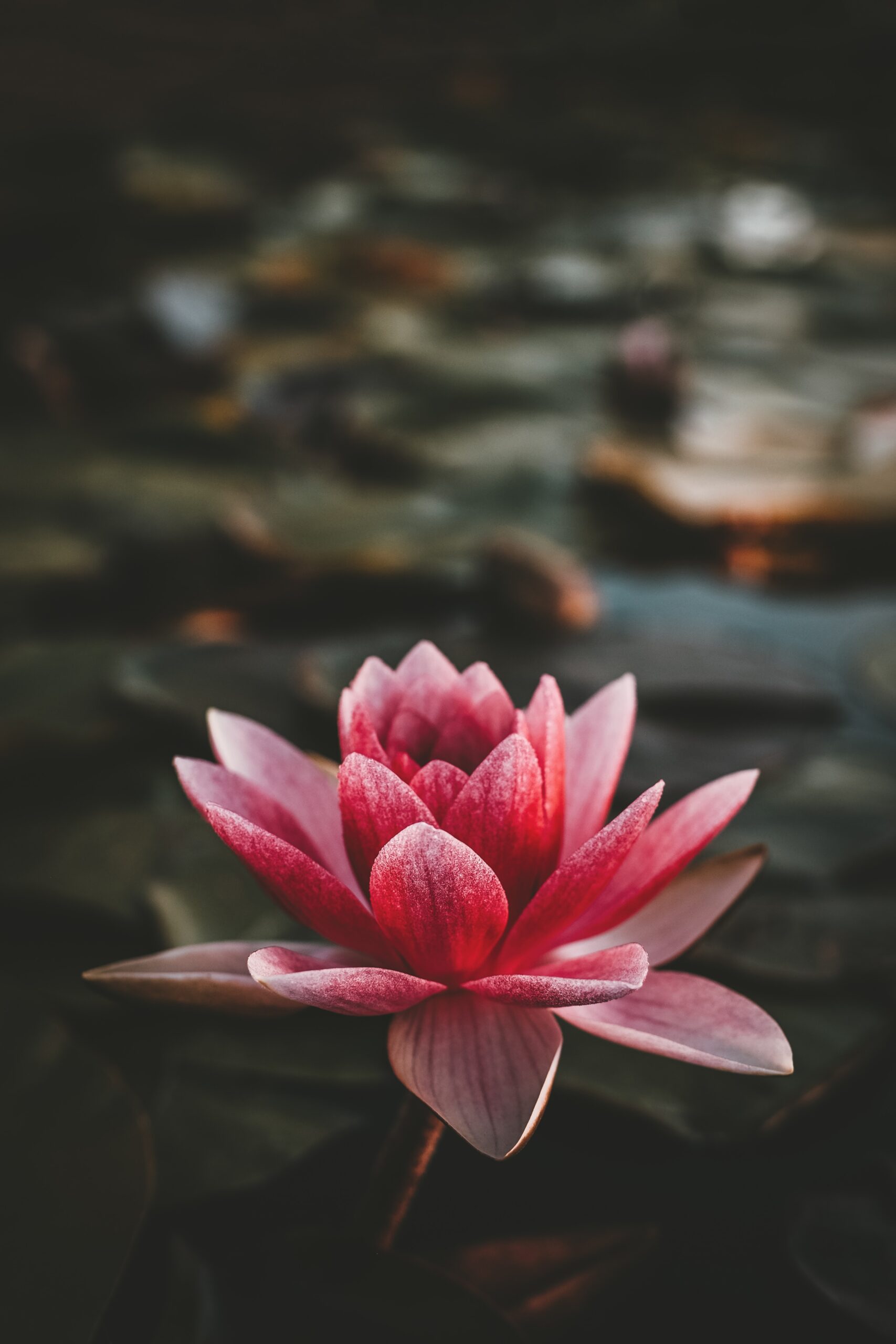Vietnam is gradually becoming a popular tourist destination. Vietnam has much to offer travelers, despite the fact that it may not be considered one of the “must see” nations by some. This incredible country boasts unspoiled islands, stunning beaches, delectable cuisine, an intriguing culture, and a remarkable past, all of which are awaiting your exploration. If that is not enough to convince you to visit Vietnam, here are some surprising facts about the country.
Snowfall in a tropical nation
The monsoon has a significant impact on Vietnam’s climate, which is characterized by many sunny days, rainfall, and high humidity. Year-round, the temperature ranges between 17 and 29 degrees Celsius. However, it is possible to catch snow at the appropriate time and place. Sa Pa is a charming mountain town in northern Vietnam near the Chinese frontier. From December to February, the temperature there can fall below zero. Although snowboarding and sledding are uncommon in Vietnam, you can still enjoy winter in Sa Pa by building a snowman, fighting with snowballs, or simply observing it snow.
Teachers are held in high regard
In some Western nations, the teaching profession has received less attention and become devalued, so it’s interesting to see that teachers in Vietnam are regarded with respect. Vietnamese Teacher Day, which is celebrated annually on November 20th, is even a national holiday honoring educators. Students express gratitude and respect for their instructors on this special day. This special day is typically commemorated in schools with singing, dancing, recitals, athletics, and exhibitions. Alumni frequently bring flowers and gifts when they visit their instructors’ homes.
Unknown and interesting facts about Vietnam’s coffee
If you are a coffee enthusiast, you may be astonished to learn that Vietnam is the world’s second-largest coffee exporter, behind Brazil. In the 1800s, coffee was introduced to Vietnam by the French and planted in highland regions, with an annual production capacity of approximately 80 tons. The production of coffers has continued to rise since the end of the Vietnam War. In recent years, Vietnam’s annual production has exceeded 1 million tons.
Vietnam’s most expensive coffee is weasel coffee, also known as Kopi Luwak or civet coffee in Indonesia and the Philippines. This specialty coffee costs approximately USD150 per kilogram and is among the top 10 most expensive coffees in the world. What makes weasel coffee valuable and expensive is the digestion process. You read the sentence accurately. That would be metabolism. The coffee fruit is ingested by weasels. Coffee beans, which are perfectly protected by a thin silk membrane, withstand the digestive systems of animals and are then collected from their feces. These coffee grounds become intensely vanilla-scented and sweet-tasting.
Despite the fact that the French introduced coffee to Vietnam, the Vietnamese have adapted this dark beverage in a manner that is slightly peculiar yet delectable. A cup is topped with a metal drip filter into which ground coffee is deposited. Then, heated water is added, and coffee drips slowly into the cup. Amusingly, the majority of Vietnamese enjoy consuming black coffee with ice and possibly condensed milk.
Vietnam is among the world’s top five happiest nations
Vietnam is frequently characterized as a cheerful and upbeat nation. The Happy Planet Index, based in the United Kingdom, ranked Vietnam as the fifth happiest country in the globe and second in the Asia-Pacific region in 2016. When you visit Vietnam, there will be no shortage of smiles on locals’ features. According to a survey conducted by Gallup International Association, the Vietnamese have the second-highest degree of optimism regarding the economic trend.
Vietnam is one of the cheapest nations in the world for custom-made clothing
In Hoi An, you can get a custom-tailored suit or dress for significantly less than $100. Hoi An is an unlikely place to locate more than 500 tailors, but the industry began when the city was a bustling silk route trading port. Those skilled with a needle and thread saw an opportunity to acquire inexpensive fabrics and pass on the savings to their clients as a result of the abundance of material being traded on the city’s markets. The tradition dates back more than 1800 years, but travelers have only taken advantage of the inexpensive goods in the last few decades.
Almost every Vietnamese household has a motorcycle
There are over sixty million motorcycles in the United States. Not terrible considering the population is approximately 90 million. With a population of approximately 60 million, the United Kingdom has only one million motorcycles.
Plans to reduce the number of bicycles or ban them entirely in cities like Hanoi rely heavily on the integration of new public transportation systems, which, by all accounts, is not proceeding efficiently.
Due to the number of motorbikes and other vehicles on the road, traversing the street in Vietnam can be terrifying for visitors! Especially if you’re intending to visit one of Vietnam’s major cities, you’ll need to adjust to this aspect of culture shock relatively quickly.
Vietnam’s Snake Wine has an almost legendary status
It is one of the more unusual culinary options in Southeast Asia. In stores and markets across the nation, you can find wine bottles containing coiled snakes that appear to be poised for attack.
Typically, it is made by submerging a live serpent in a bottle until it drowns. Prior to expiring, a snake will revert to a defensive coiled position, which is appealing to customers because it suggests the snake was a fierce and powerful creature.
Occasionally, the snakes are subdued, gutted, and resewn before being added to the wine. This procedure must be performed swiftly to guarantee that the snake is still alive when it is placed in the alcohol.
It is believed that snake wine improves health, vitality, and sexual performance, although this has not been verified.
The street cuisines of Vietnam are included in the Oxford Dictionary
Vietnamese cuisine is characterized by its limitless variety and extraordinary flavors. Banh mi and pho are two Vietnamese words defined rather than translated into English by the Oxford Dictionary.
Banh mi is the signature sandwich of Vietnam, which is gaining popularity globally. It is typically a loaf of bread with three primary fillings: meat (roasted pork, barbecued pork, or grilled pork), vegetables (pickled carrot, cucumber segments, and cilantro), and sauce (chili, tomato, or soy sauce).
Pho is a soup consisting of rice noodles, raw or cooked beef, beef tendon or meatball, bean sprouts, and seasonings. Pho can be consumed at any time of day, but it is most commonly consumed for brunch. And this cuisine is available throughout the country.
Culture is vibrantly diverse
The remnants of Vietnam’s illustrious past are visible everywhere.
Chinese architecture and religious influences, vestiges of French colonialism in cuisine and language, echoes of Japanese culture in art and martial arts, and, of course, contemporary American cultural influences.
It’s a wonderful place to indulge a little bit
If you appreciate luxurious vacations, Vietnam allows you to live the good life in style.
You can tour Saigon city on a vintage Vespa, have lunch in a private house garden belonging to one of the country’s most renowned architects, and go boutique shopping in Hanoi – all with a private driver and guide who can provide the insider’s perspective.
The Golden Bridge – Supported by God’s Hands
Go to the Sun World Ba Na Hills amusement park in Da Nang, Vietnam, if you want to see these gigantic, enchanted palms for yourself. Since its inauguration in 2018, the Golden Bridge has become a viral phenomenon due to its captivating support system.
The bridge is intended to assist visitors navigate between the gardens and the park’s cable car station, but it has become an attraction in and of itself. The hands were constructed of fiberglass and wire lattice before being designed to appear to be stone. In addition, considerable effort was invested in making the hands merge in with the surrounding forest.
In addition to individuals discovering spiritual connections with the bridge’s design, it has also been hailed as a structural masterpiece.
Vietnamese ethnic groupings are extraordinarily varied
Vietnam is a multiethnic country with 54 officially recognized ethnic groups. Each ethnic group has its own language and cultural practices. The Vietnamese (Kinh) make up approximately 86% of the country’s population and predominantly reside in deltas and coastal provinces.
The remaining 14%, or approximately 8.5 million people, are dispersed throughout mountainous and highland regions that stretch from north to south. These communities have their own languages, religions, rituals, housing and clothing patterns.
40% of Vietnamese individuals bear the appellation Nguyen
According to estimates, Nguyen is the most prevalent surname in Vietnam (around 40%!). However, forty percent of Vietnamese individuals have no family ties.
During the rise of the Imperial Nguyen Dynasty in the 19th century, many individuals changed their surnames to Nguyen. Throughout Vietnam’s history, it has been common for monarchs to alter their surnames, either to conceal former loyalty to vanquished leaders or to avoid persecution by new rulers.
In Vietnam, two individuals with the same surname do not necessarily share a familial or hereditary relationship.
The cadaver of Ho Chi Minh is on display
Ho Chi Minh, affectionately known as “Uncle Ho,” travels 8,000 miles annually. This is odd because he has been deceased for over forty years. The Ho Chi Minh Mausoleum in Hanoi is an odd and fascinating location to visit in Vietnam. His body is exposed to the public for only nine months of the year. The Mausoleum is typically closed from September to December, when Uncle Ho travels to Moscow for’maintenance’ (although there are conspiracy theories as to whether or not it is actually Hi Chi Minh). Not bad for someone who requested cremation as their final desire.
Speed dating began here
In the 1990s, speed dating was introduced to the United States, but hill tribes in Vietnam have been practicing it for decades. Hill communities from all of the northern regions surrounding Sa Pa will congregate at ‘love markets,’ where local young singles will gather with the intention of finding a partner. Providing the opportunity for villagers from extremely remote locations to meet partners from other villages in a central location.
Vietnam is referred to as ‘The King of Cashews’ in certain niche circles
Vietnam, the world’s largest exporter of cashew nuts, produces more than 55 percent of the global supply and generates more than two billion dollars annually from the industry.
During the nineteenth century, cashew plants were introduced to Vietnam and were initially cultivated in gardens to provide shade. In 1990, the Vietnamese government recognized the production potential of cashew nuts and made substantial investments in the industry. This investment paid off quickly, and by the mid-1990s, Vietnam was the world’s largest exporter.
Vietnam possesses 3,444 kilometers of coastline
Vietnam has the 33rd longest coastline in the globe, assuming the calculations are accurate.
This epic stretch of coastline offers enough activities to keep tourists occupied for months; just be careful not to spend so much time on the beach that your visa expires!
Nha Trang and Da Nang are popular tourist destinations due to their beautiful coastlines and lively nightlife. The UNESCO World Heritage site of Hoi An is also popular due to its beautiful coastlines and inexpensive tailors.
In addition to the well-known Halong Bay, the less-visited Lan Ha Bay forms a remarkable stretch of the country’s northern coast.
Vietnam has the lowest price per pint in the globe
This is because of the Vietnamese organization Bia Hoi. If you’re willing to sit on tiny plastic stools jammed into any available space on the busy Vietnamese sidewalks, you can get Bia Hoi for around 20 cents a glass; if you visit during happy hour, you may even get a buy one get one free deal!
Lotus is Vietnam’s national flower, and its meanings are intriguing
The lotus was chosen as Vietnam’s national flower in 2010. The selected flower is extensively cultivated in the country. Lotus is a water plant that grows in murky wetlands. Leaves are water-resistant and levitate. Flowers rise above the water’s surface to receive sunlight, bloom beautifully, and emanate a pleasant scent. Lotus is a symbol of pure beauty that is not tainted by mud, as well as the resilient character of the Vietnamese, who persevere through adversity to exhibit their finest qualities to the outside world.
Unknown information regarding vegetarianism in Vietnam
Buddhists in Vietnam practice vegetarianism principally through two distinct methods. The first method is permanent abstinence from animal products. This is a common practice among Buddhist priests and nuns. The second method is intermittent vegetarianism. Those who adhere to this method typically abstain from animal products only on the 14th and 15th and the 1st and 2nd of each lunar month.
The reasons why the majority of Vietnamese choose vegetarian diets are vastly different from western perspectives. People in the West reduce their consumption of animal products for health reasons, environmental concerns, or their affection for animals. None of these is the principal motivation for Vietnamese individuals. Vegetarianism is commonly practiced to support prayers and intentions in Vietnam. For instance, if a person is about to undergo an important surgery, a week of vegetarianism followed by a sincere prayer to Buddha is often observed. Some say it is a sacrifice to express gratitude for Buddha’s assistance, whereas the critic believes it is a bargain with a divine power.
To sum it up
Vietnam is becoming an increasingly popular tourist destination. Vietnam has much to offer travelers, despite the fact that it is not necessarily a “must-see” country. Vietnam is well-known internationally for numerous items.
